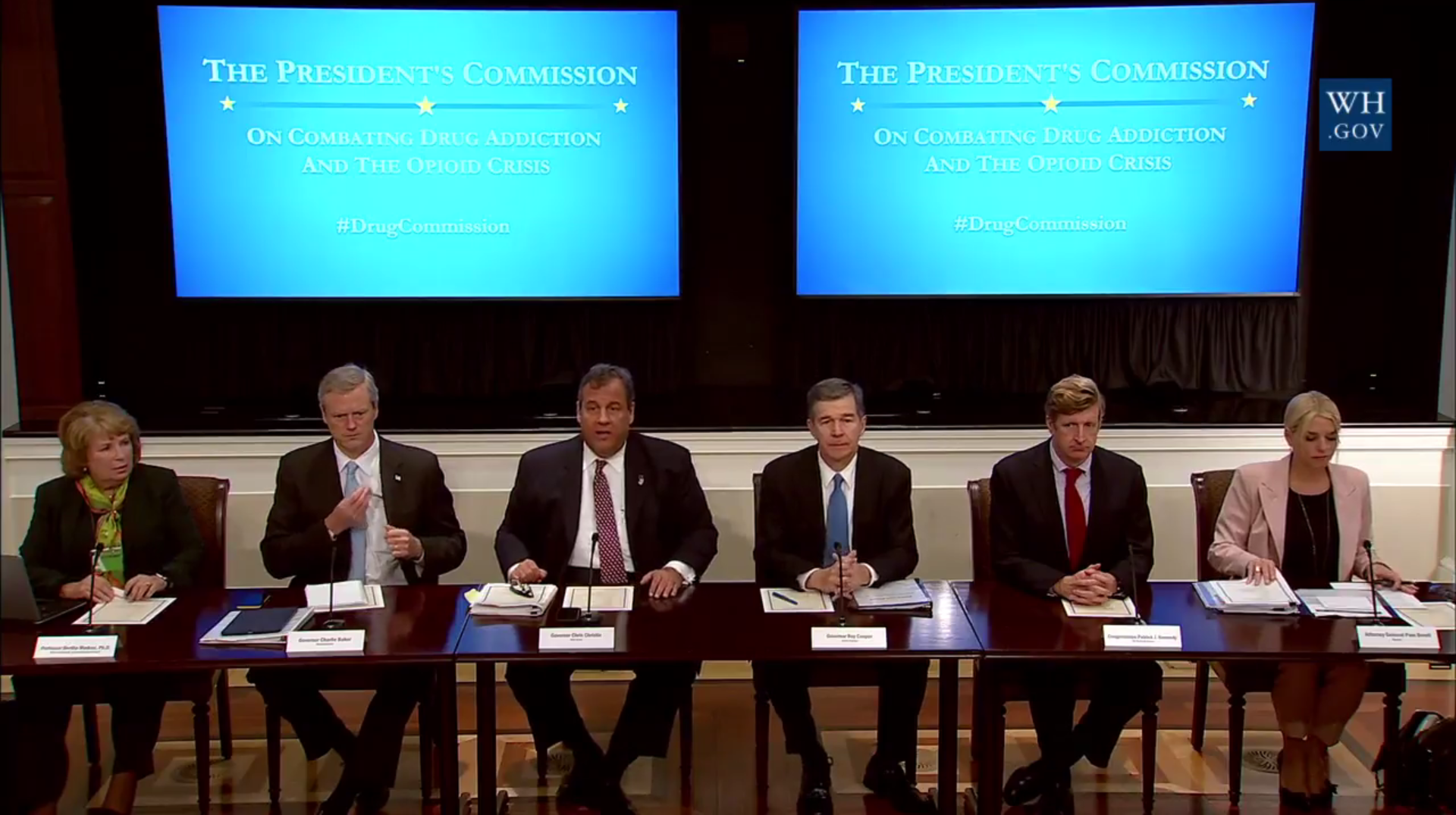A Pained Life: Help Us Help America
/By Carol Levy, Columnist
I had a friend who was diagnosed with lung cancer. We were all afraid for her. Not only because we feared for her life, but because of all the horrors we hear surrounding treatment for cancer.
She had surgery and a part of one lung was removed. When I spoke with her after surgery, I hesitantly flirted around the edges of the question: chemotherapy, radiation, how awful will it be for you?
My worries were unwarranted. Her answer was completely unexpected.
"I don't need anything else,” was her reply. “My doctor said, ‘You had cancer. Now you don't.’”
Wow. What strides they have made against this horrendous disease.
There is no question how feared cancer is, how dreadful the disease is and the possible repercussions -- from the cancer itself or as a result of the terrible treatments used against it.
The federal government throws huge amounts of money at cancer research and new treatments. As they must. Cancer scares everyone. It must be eradicated, if at all possible.
Cancer also costs the economy. Treating cancer in the United States cost nearly $125 billion in 2010 and is projected to reach $156 billion in 2020. The government would be accused of malpractice if they ignored this life and money devouring monster. And they don't. That is one reason my friend had it and then she didn't.
What is the economic impact of pain? Between $261 and $300 billion annually in healthcare costs alone. Add in lost works days and productivity, and the tab reaches $635 billion.
Estimates vary, but according to the American Academy of Pain Medicine, 76.2 million Americans have chronic pain, compared to 20.8 million with diabetes, 18.7 million with coronary heart disease and stroke, and 1.4 million with cancer. In other words, chronic pain affects more Americans than diabetes, heart disease, stroke and cancer combined.
So why is chronic pain ignored? Why do we continually have to fight for the dollars to fund research and development of new treatments? The National Pain Care Act languished in the U.S. Senate for many years with no action taken. Under the Affordable Care Act (Obamacare), it was finally incorporated as an amendment that calls for more pain education of physicians, and more dollars for pain research and the development of new treatments.
So where are the dollars? Where is the research? Where are the new treatments?
So far, they seem nonexistent. Instead, the one option that many pain sufferers have – opioid medication -- is being taken away. We are the whipping boys of the “opioid epidemic.”
Many of us have been helped by opioid medication. Some are less disabled by pain. Some are helped enough to continue working and pay taxes, reducing our drain on the economy.
This should be celebrated and expanded, by giving us access to medications that provably help, at least until other treatments become available. But instead of assisting us in improving our lives, the government is giving us policies and “guidelines” antithetical to helping the chronic pain community. The consequences of these dreadful policies – higher healthcare costs, more disability, lost quality of life, and suicide -- are being ignored.
Is that because it makes for better headlines when politicians scream about the so-called opioid epidemic?
There is no doubt there is a big problem with the overuse, abuse and illegal use of narcotics. But we are not the bogeyman in this fight. Less than one percent of opioid medication that is legally prescribed falls into the wrong hands.
If they truly wanted to help the country, they would look seriously at the consequences of making us the bad guys. Many of us who were doing better as a result of opioids have been forced to reduce our dose or are no longer able to get a prescription. It’s not saving lives and it’s not preventing addiction. Look at how the overdose numbers keep rising. This is a benefit to no one. Not for us as individuals or to the country as a whole.
Our pain is invisible, but so too are cancer, diabetes, heart disease and many other conditions. Insulin is okay. Statins are okay. Chemotherapy is okay. Opioids are the devil.
The devil, as they say, is in the details. And the details are very clear. Opioids help pain patients. They allow us to help the country. We keep looking for a way in, to make our voices heard. Maybe we should make patriotism our rallying cry. When you hurt us, you hurt the country. Help us help America.
Until the government, DEA, CDC and politicians can find other ways to reduce or even eradicate chronic pain, take us off your list of opiate abusers.
Carol Jay Levy has lived with trigeminal neuralgia, a chronic facial pain disorder, for over 30 years. She is the author of “A Pained Life, A Chronic Pain Journey.”
Carol is the moderator of the Facebook support group “Women in Pain Awareness.” Her blog “The Pained Life” can be found here.
The information in this column should not be considered as professional medical advice, diagnosis or treatment. It is for informational purposes only and represent the author’s opinions alone. It does not inherently express or reflect the views, opinions and/or positions of Pain News Network.


































